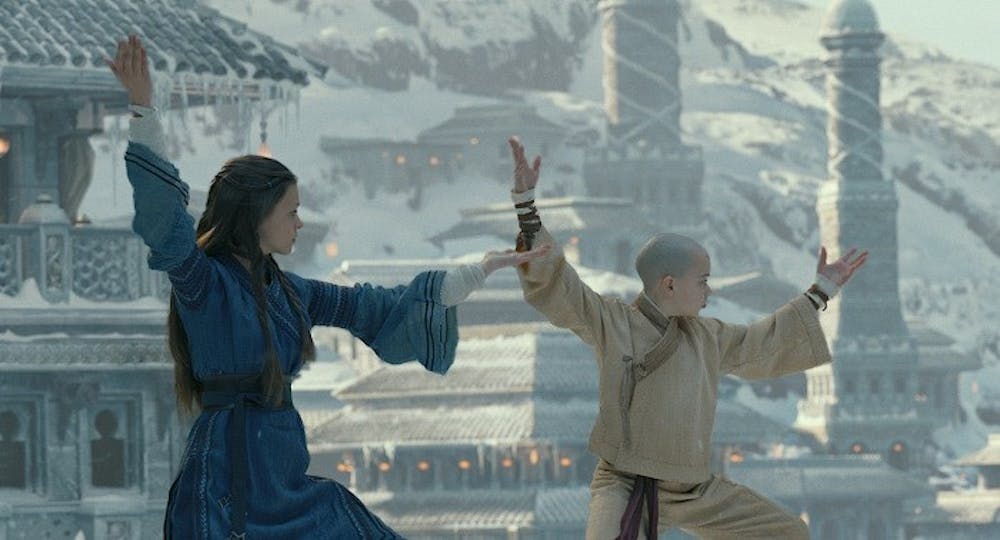When tasked with making a movie that would appeal to child fans of the popular television cartoon “Avatar: The Last Airbender,” who would have guessed M. Night Shyamalan could fail so miserably.
I recently had the displeasure of watching “The Last Airbender,” the live-action theatrical release adapted from “Avatar: The Last Airbender” that was released over five years ago on July 1, 2010. What I discovered was not the culmination of the joyful, quirky characters I had come to know as a kid, but an edgy and homogenized story with little, if any, real characterization. If I had not known the characters and cultural influences depicted in the original series, I would have had zero emotional attachment to the characters because they displayed zero emotion.
The writing was bad, the acting was bad and the directing was bad. None of the characters were depicted in a way which explored the greater complexities of their personalities, and they were often one-dimensional caricatures of the original influence. The acting fell flat, full of monotonous monologues that closed eyelids. Flitting from one major plot point to another with none of the charm or intensity of the original, the storyline was a mess; events happened with little rhyme or reason. Most disappointingly, the movie was missing all of the comedy and humorous interludes from the original series.
The one thing you’d hope would hold the movie up, for its prevalence in both the television show and mainstream media, would be the martial arts fighting scenes. But Shyamalan somehow managed to make the four distinct and beautiful Chinese martial arts forms seem slow, sloppy and boring. The choreography was often reminiscent of children playing in their backyard.
The misrepresentation of culture extends beyond the martial arts scenes. The original cartoon borrows heavily from Asian and Polynesian influences. The Water Nation is heavily based on North American Inuit tribes and Polynesian civilizations, the Air Nation is based on Tibetan and Sri Lankan cultures, the Earth Nation is based on Mandarin Chinese culture and the Fire Nation is based on Japanese and Cantonese Chinese cultures. These cultural influences are eminently apparent when the names of the characters are examined, all stemming from their influence’s respective languages. Yet the actors don’t pronounce the names correctly despite the existence of the television series.
The cultural research the original creators did wasn’t good enough for Shyamalan. Shyamalan decided to remove the Polynesian and Inuit inspirations from the Northern Water Tribe, opting for European influence in their place. Likewise, he gutted the Cantonese influences from the Fire Tribe, giving them Roman and Indian influences. Shyamalan may have been trying to make an allegorical commentary that nobody understood, but he ignores the original allegory, the commentary on East Asian historical national tensions, in the process.
Shyamalan’s movie fails to be a faithful reproduction of the original — it fails to be art and it fails to be good. Save yourself the $3 I spent to rent this.

